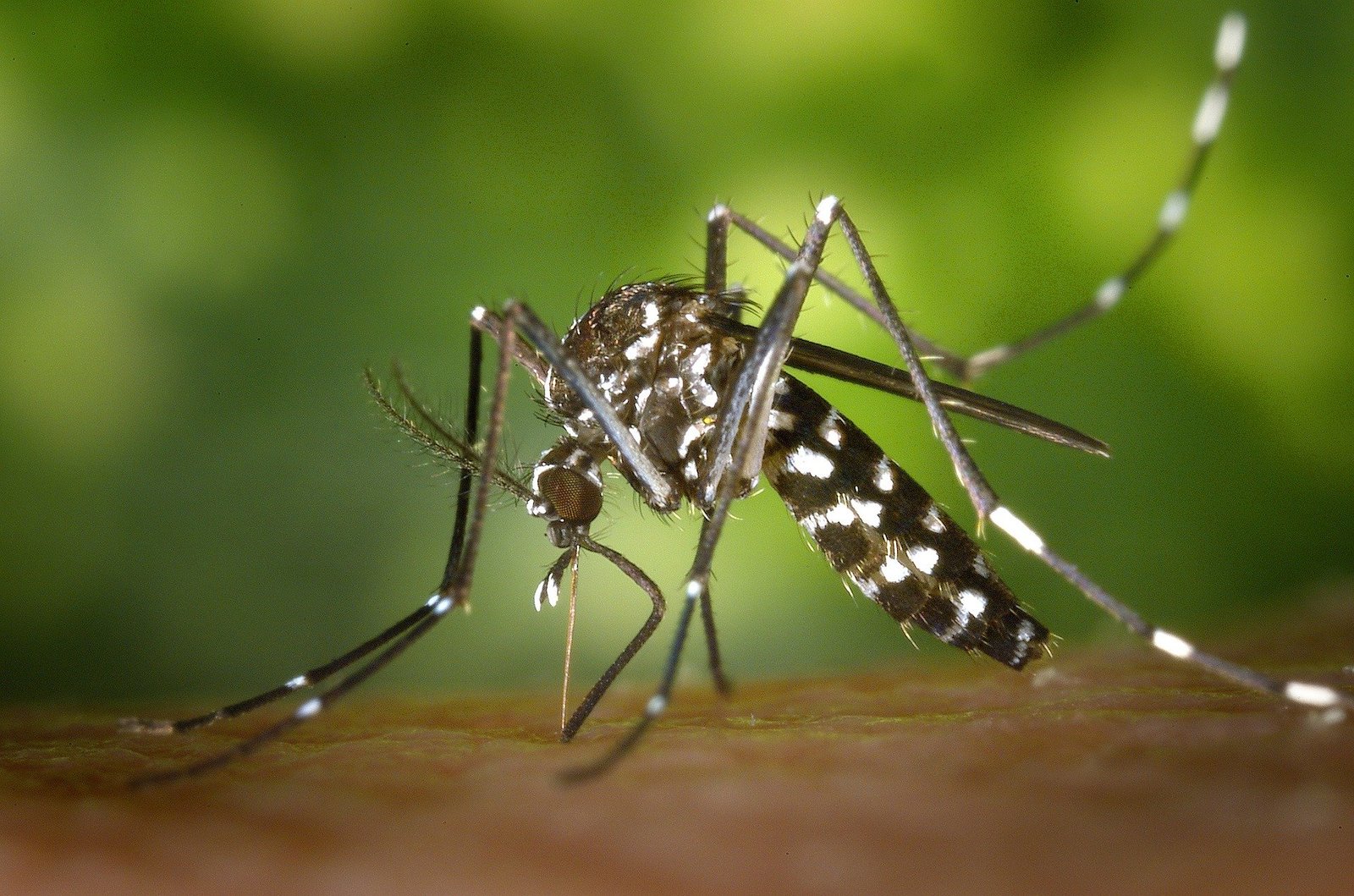Hyderabad: The city is seeing a steady spike in seasonal diseases like viral fevers, dengue and chikungunya with the outpatient count at the government fever hospital, Nallakunta, going up to 800, following a 10 to 20 percent increase in viral fevers.
Chikungunya Infection: What You Need To Know
Chikungunya is a virus spread to humans by the bites of infected mosquitoes, mainly Aedes aegypti and Aedes albopictus. The illness features symptoms like a high fever, joint pain, muscle pain, headaches, nausea, fatigue, and rashes. Though rarely fatal, the joint pain caused by Chikungunya can last for weeks or even months, significantly affecting day-to-day life.
The Surge in Cases
The recent increase in Chikungunya cases, especially among children, has created concern in the healthcare community. Children are more vulnerable to these diseases because their immune systems are still developing and they spend more time outdoors. This rise shows a need for immediate action to stop the disease’s spread.
Symptoms and Diagnosis
Chikungunya’s early signs include a sudden high fever and joint pain, often with muscle pain and headaches. These symptoms can be mistaken for Dengue and Zika virus symptoms, but a specific blood test can confirm Chikungunya. Early diagnosis is essential for proper treatment and preventing complications.
Prevention and Control
Preventing Chikungunya mainly involves controlling mosquito populations and limiting human exposure to them. This includes getting rid of standing water where mosquitoes breed, using repellents, wearing long sleeves and pants, and installing window screens. Community action and public awareness campaigns are crucial in preventing outbreaks.
In response to the spike in Chikungunya cases, Hyderabad’s health authorities have ramped up efforts to control mosquitoes and increase surveillance. Quick-response teams are conducting mosquito control activities in affected areas, like fogging and larvicide treatments. Public health officials are also running awareness campaigns to teach people about preventive measures.







